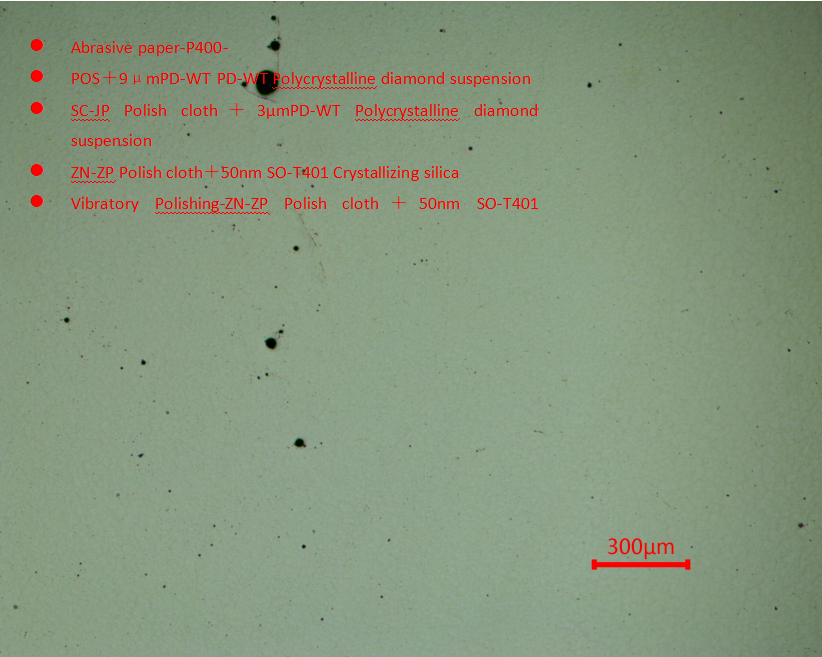High-entropy alloys (HEAs) are reshaping the future of materials science. With exceptional strength, high-temperature resistance, and outstanding corrosion performance, HEAs are making waves in aerospace (engine blades), nuclear energy (reactor materials), defense (missile casings), biomedical (orthopedic implants), and renewable energy sectors.
Structurally complex and chemically diverse—typically composed of five or more principal elements—HEAs often present solid solution, amorphous, and nanoprecipitate phases coexisting. These unique characteristics make EBSD sample preparation especially challenging.
To ensure high-quality EBSD results, we recommend a mechanical + vibratory polishing approach instead of electrolytic polishing. Here’s our proven preparation method:
Step 1: Level the surface with P400 SiC grinding paper
Step 2: Fine grinding using POS pad + 9µm PD-WT polycrystalline diamond
Step 3: Polishing with SC-JP cloth + 3µm PD-WT diamond suspension
Step 4: Final polishing with ZN-ZP cloth + SO-T401 50nm silica suspension
Step 5: Vibratory polishing on ZN-ZP cloth + SO-T401 50nm silica for optimized surface finish
This sequence helps achieve stress-free, deformation-free surfaces ideal for high-resolution EBSD mapping.


 中文简体
中文简体 英语
英语 西班牙语
西班牙语 德语
德语




.jpg?imageView2/2/w/400/format/jpg/q/75)












